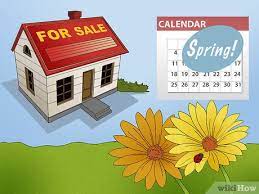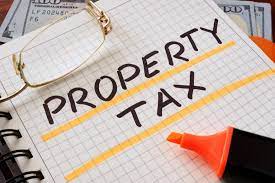Why Spring is the Best Time to Sell Your House

Spring is often considered the prime season for selling a house. The reasons behind this are numerous and can vary depending on location and market conditions. However, experts agree that several key factors make spring the best time to sell your house. This article will explore why you should consider listing your home this season.
1. Warmer Weather
One of the main reasons why spring is a great time to sell your house is the warmer weather. With the arrival of spring, people are eager to leave their homes and enjoy the outdoors. This can result in increased foot traffic and interest in your property. It also means that your home will look its best, with trees and flowers in bloom, making it more attractive to potential buyers.
2. Higher Demand
Spring is also a time when there is a higher demand for homes. Many families prefer to move during the summer to settle into their new home before the new school year begins. This means buyers are actively looking for homes during the spring season, which can result in a quicker sale at a better price.
3. More Buyers
Another reason spring is the best time to sell your house is that there are typically more buyers during this season, which can attribute to several factors, including tax refunds, year-end bonuses, and the desire to move before summer. With more buyers in the market, you are more likely to receive multiple offers, which can result in a higher sale price.
4. Longer Days
The longer days of spring also make it a great time to sell your house. With daylight lasting longer, potential buyers have more time to view your property, which can be especially helpful if you have a busy schedule or your home has limited viewing hours.
5. A Fresh Start
Spring is often associated with new beginnings, which can be a powerful motivator for buyers. Many people see spring as a time to start fresh, whether by buying a new home or simply decluttering and organizing their current space. This can make your home more appealing to buyers who are looking for a fresh start of their own.
Spring is an excellent time to sell your house. The warmer weather, higher demand, more buyers, longer days, and association with new beginnings make spring the best season to list your property. Now is the time to start preparing to take advantage of this prime selling season if you are considering selling your home. Speak with a reputable realtor and prepare your home for the market. You can sell your home quickly and at a great price during spring with little effort.









